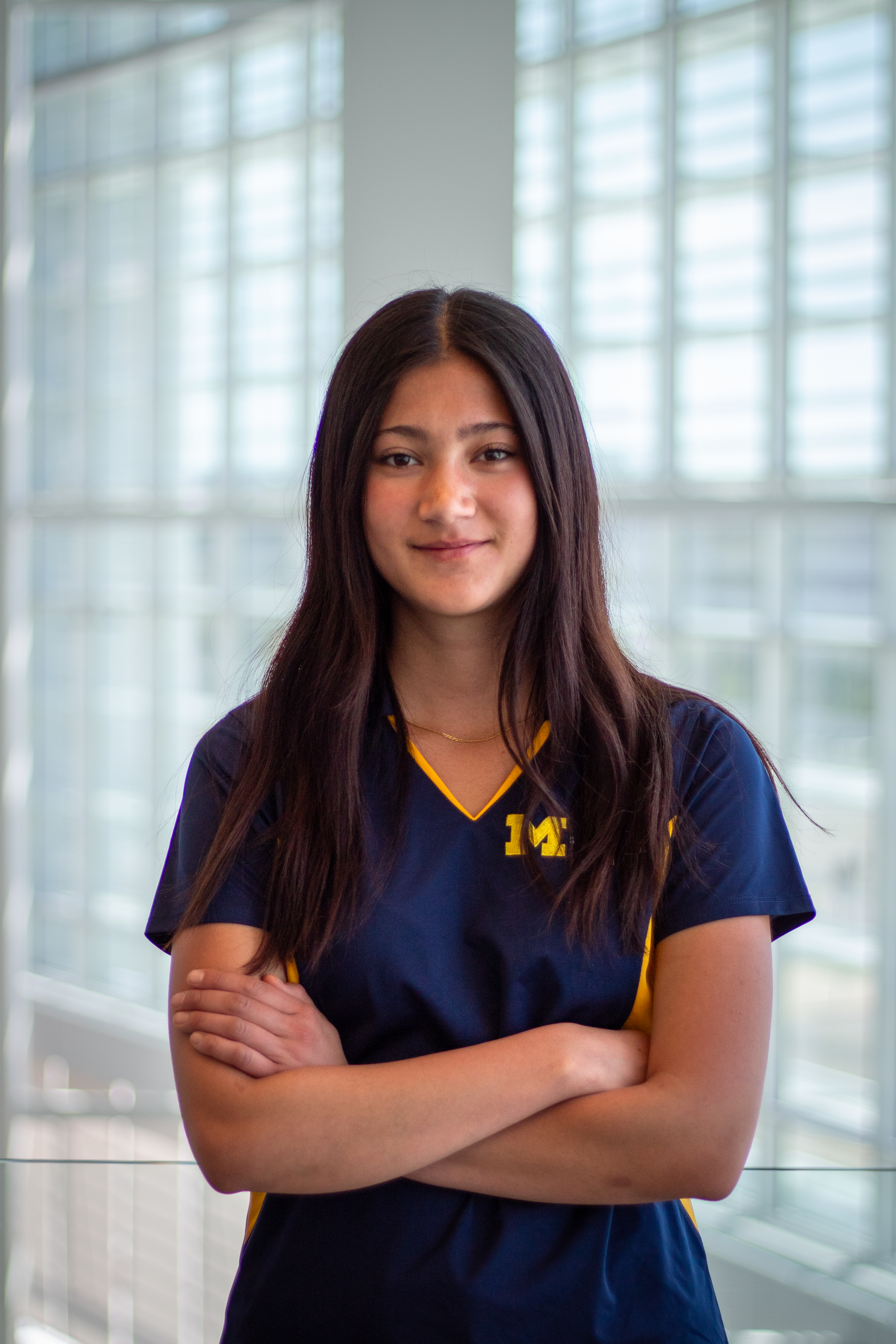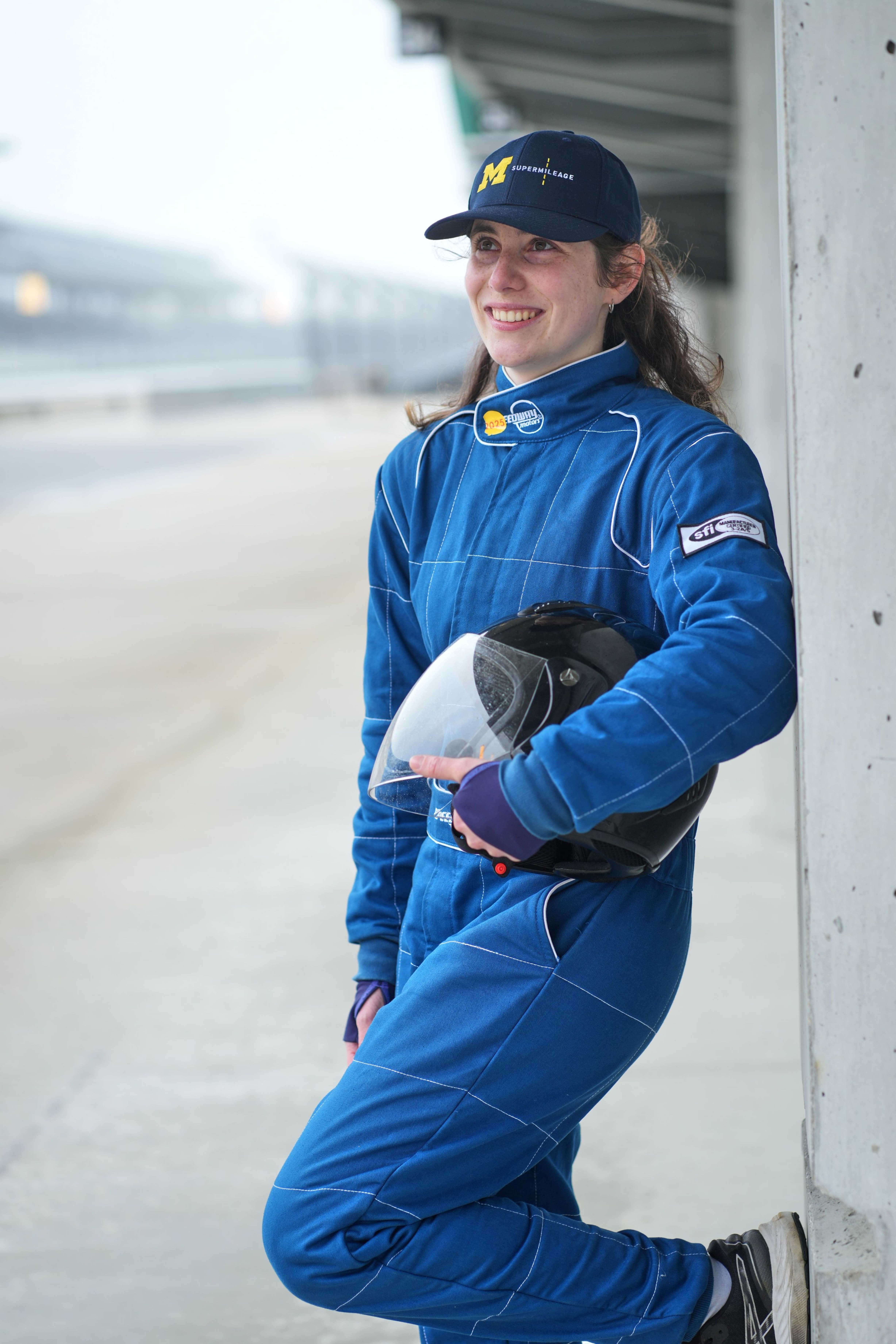Meet the Team
Our student board members.
Executive Board

Dallas Quaresma
Project Manager

Harrison Keller
Chief Engineer

Varun Kaushik
Business Lead
Subsystems Leads

Caleb Albright
Aerodynamics Lead

Simon Gelb
Electrical Co-Lead

Vishal Vijayarajan
Electrical Co-Lead

Jasmine Beltrame
Mechanical Lead

Reese Long
Powertrain Lead